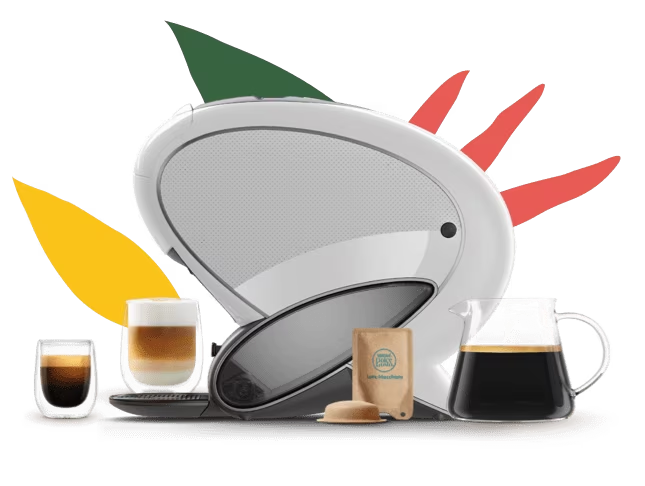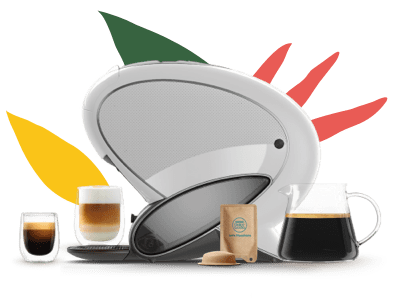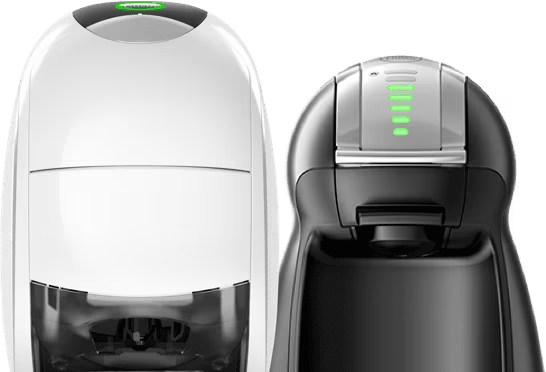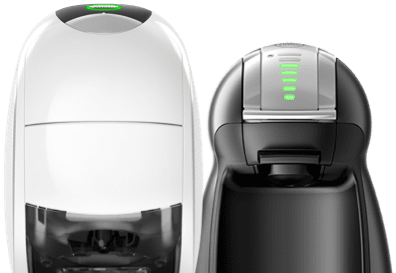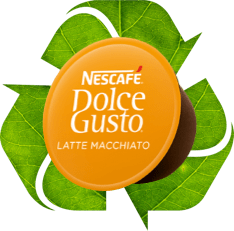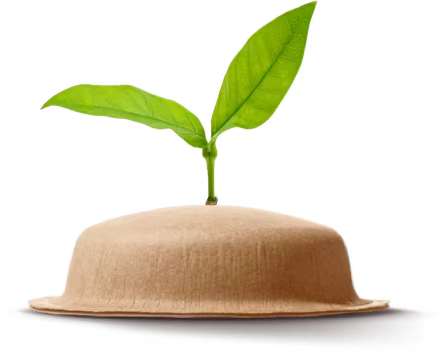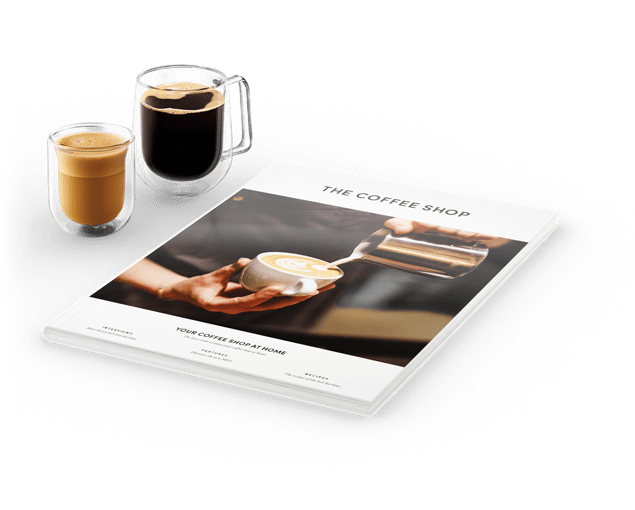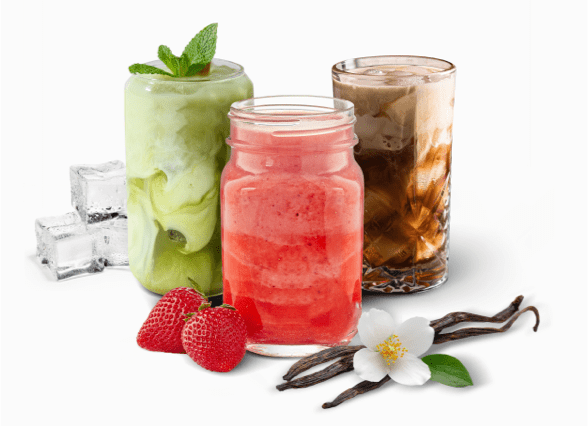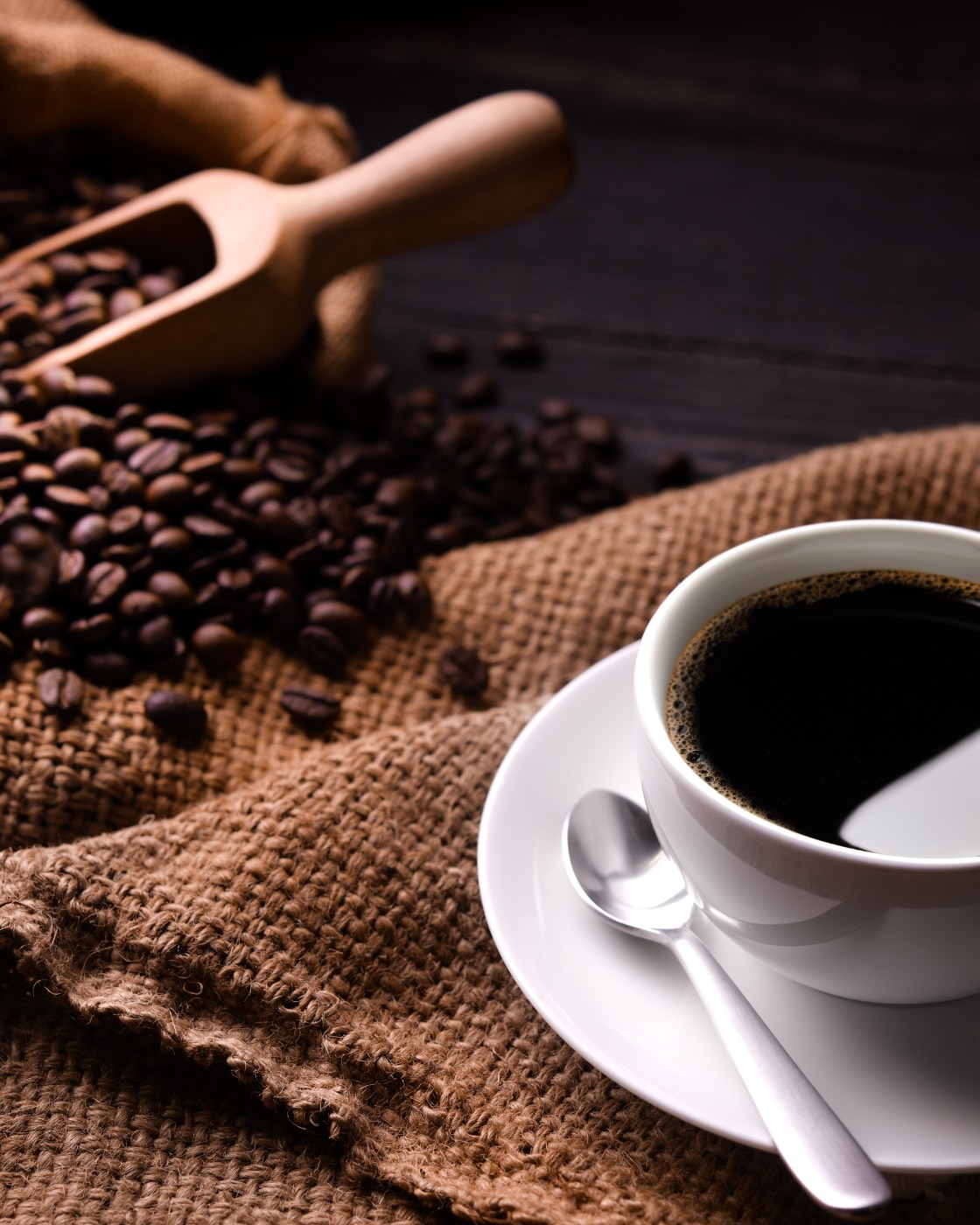How do they make coffee in Europe?
European coffee culture is rich and diverse, with different countries and regions having their own unique brewing methods and preferences. Whilst espresso-based drinks are the most popular across much of Europe, there are also other traditional methods and regional variations. Let’s take a look...
How do you make Italian coffee?
In Italy, the smell of coffee is practically everywhere, and it usually means one thing: espresso. But this isn't your average cup of coffee. The espresso is an experience. It starts with finely ground coffee beans packed tightly into a special filter. Then, hot water is forced through the beans under high pressure. The result of this is a small but powerful shot of coffee topped with a creamy layer called crema. More than just a breakfast drink, espresso is a part of everyday life in Italy. It's a chance to catch up with friends, and a much-loved tradition passed down through families.
How to make Turkish coffee
The Turkish coffee, a special kind of coffee that’s been around for centuries, is made in a special pot called a Cezve. It's made of copper and has a long handle. First, they put in very finely ground coffee, almost like powder, then they add water and sometimes sugar. The Cezve is heated slowly, letting the coffee simmer and get foamy. They lift it on and off the heat, so the coffee almost boils but doesn't bubble over. This careful process makes a strong, flavourful coffee with a layer of foam on top. It's served in small, pretty cups, often with a sweet treat like Turkish delight. Every sip of Turkish coffee is like a trip back in time, giving you a taste of history and tradition.
How to make a French press coffee
In France, they use a French press (sometimes called a cafetière) to make coffee. It's simple but makes a flavourful cup. The French press is a glass pot with a special plunger. You put coarsely ground coffee beans in the bottom and pour hot water over them. Then you let it sit, or "steep," so the coffee flavours really get into the water. After a few minutes, you slowly push the plunger down. This separates the coffee grounds from the brewed coffee. What you get is a rich, delicious cup that lets you taste all the good stuff from the beans. It's all about enjoying the little things in France, and a carefully made cup of coffee paired with a delicious croissant is a perfect example of that!
How do they make coffee in Asia?
Coffee brewing methods in Asia vary widely, reflecting the region's diverse cultures and traditions. From instant coffee to unique steeping methods inspired by tea, the ways coffee is brewed in Asia are as diverse as the region itself.
How do you make Vietnamese coffee?
In Vietnam, coffee is more than just a drink – it's a special ritual. They use a cool little gadget called a "phin" to brew their coffee. It's a metal filter that sits on top of your cup. To make Vietnamese coffee, you put coarsely ground, dark roast coffee beans in the phin and pour hot water over them. Then you wait and watch as the coffee slowly drips into your cup, drop by drop. This slow process takes a few minutes, but it's worth it. It lets all those amazing flavours come out, making a strong and delicious coffee. Many Vietnamese people like to add a spoonful of sweetened condensed milk to their coffee. This makes it extra rich, sweet, and creamy.
How to make Japanese coffee?
In Japan, coffee brewing is treated with a distinct reverence for precision and artistry. Two popular methods highlight this approach: the syphon and the Hario V60.
Syphon coffee
The syphon brewer, with its design of glass bulbs and a heating element, offers a visual spectacle. Invented in Europe during the 19th century, it uses vapour pressure to draw hot water upwards, where it mixes with coffee grounds before filtering back down as a clean, flavourful brew.
Drip Brewing
For those who prefer a more hands-on approach, the drip brewing provides ultimate control. Using a cone-shaped pour-over brewer, with its signature ridges and angled design, allows for meticulous adjustments of water temperature, pour rate, and bloom time. This process results in a cup that highlights the nuanced flavours of the beans.
How do they make coffee in North America?
Iced & cold brew coffee
In North America, iced coffees and cold brews are many people’s go-to orders, especially during the summer months. While there’s other popular coffee drinks in this region, these two chilled concoctions have carved a special niche within coffee culture.
Iced Coffee: This choice is all about speed. Hot coffee, brewed using your favourite method (drip, French press, pour-over, etc.), is quickly cooled down by pouring it over ice. This swift chilling preserves the bright acidity, creating this classic cold coffee drink that is perfect for a hot day. Cold Brew: This method is all about patience. Coarsely ground coffee steeps in cold or room temperature water for 12-24 hours, resulting in a concentrated coffee extract. This slow, low-temperature brewing process minimises bitterness and acidity, yielding a naturally sweet and smooth coffee concentrate that can be diluted with water or milk and enjoyed over ice.
Pour Over Brewing
While iced coffees and cold brews reign supreme during the warmer months, North America boasts a diverse coffee landscape beyond these chilled favourites. Another popular brewing method here is the pour over brew, a distinctive coffee experience. Using a hourglass-shaped brewer, equipped with thick filters, is designed to produce pour-over-style filter coffee with exceptional clarity and crispness. By removing more oils and sediment than standard filters, the pour over method delivers a remarkably clean cup of coffee. The meticulous pouring technique and visually appealing design further elevate the ritual of brewing your morning brew.
How do they make coffee in South America?
Brazilian coffee
Brazil is synonymous with coffee, and its coffee culture runs deep. Across the country, you'll find Brazilians enjoying their beloved "cafezinho." This small but mighty cup of coffee is a symbol of Brazilian culture and hospitality. Brewed strong and often sweetened with sugar, the cafezinho is more than just a drink, it's become a social ritual. Made for friends, family, and even strangers to connect and share a moment together. It's often brewed in one of two ways; espresso style, where a small but powerful shot of coffee made by forcing hot water through finely ground coffee beans under high pressure. Or, alternatively, using a Moka pot that uses pressure to force hot water through finely ground coffee beans, resulting in a strong, rich brew. Whether you're visiting someone's home, taking a break at the office, or relaxing at a cafe, you're likely to be offered a cafezinho.
Colombian coffee
Colombia is famous for its amazing coffee, and they have a special way of brewing it that makes it taste even better. It's called the pour-over method, and it's all about keeping things simple and letting the coffee's natural flavours shine through. Instead of machines, Colombians often use a simple cloth filter called a "colador" or a traditional iron pitcher called an "olleta" to brew their coffee. They slowly pour hot water over coarsely ground coffee beans, letting the water drip through and collect in a cup below. This gentle process allows the coffee's natural sweetness and aroma to really come out, creating a smooth and delicious cup.
What is the way of making coffee in Africa?
Ethiopian coffee
When looking back at the
history of coffee we see that Ethiopia is the birthplace of coffee, and because of this, they take their coffee seriously. They have a special way of brewing it that's been passed down for generations, using a traditional clay pot called a "jebena." The jebena is placed over an open flame, and freshly ground coffee beans are brewed inside, filling the air with an amazing aroma. The coffee, called "Buna," is strong, flavourful, and has a hint of smokiness from the clay pot. But coffee in Ethiopia is about more than just the taste. It's a social event, a time to connect with loved ones, as people gather to share a pot of Buna, chatting and enjoying each other's company.
Popular methods of brewing coffee at home
Moka Pot: This iconic Italian stovetop coffee maker uses steam pressure to force hot water through finely ground coffee, resulting in a rich, concentrated brew that rivals the intensity of espresso. It's a beloved ritual for those seeking a taste of authentic Italian coffee tradition.
Essential equipment for coffee brewing at home
Drippers and filters: For those who prefer the pour-over method.
Coffee machines: Ranging from simple drip to sophisticated espresso machines.
Other tools: Grinders, kettles, and scales to perfect the brewing process.
Level up your coffee game with automatic brewing methods
Pressurised espresso machines, including
coffee pod machines, automate the brewing process for consistent, flavourful espresso at the touch of a button. They use pre-measured pods or capsules to ensure a perfectly extracted shot every time, taking the guesswork out of espresso making.




































































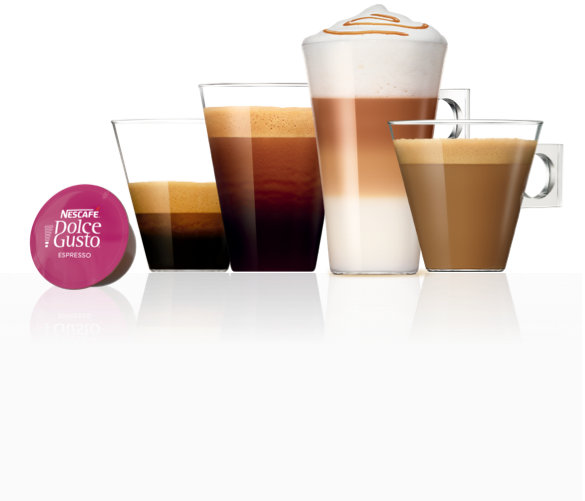
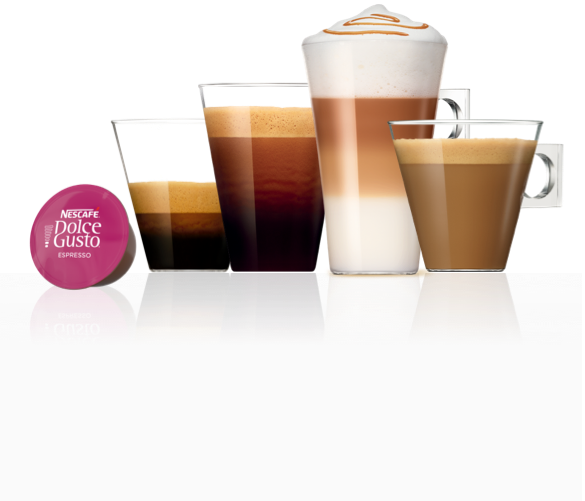

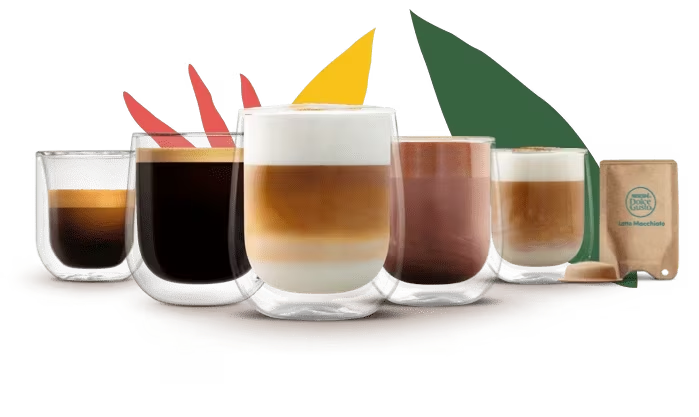
 Quick re-order
Quick re-order
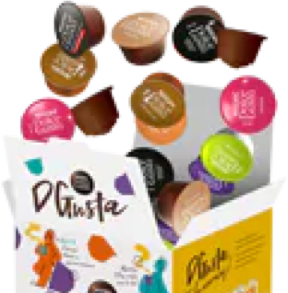

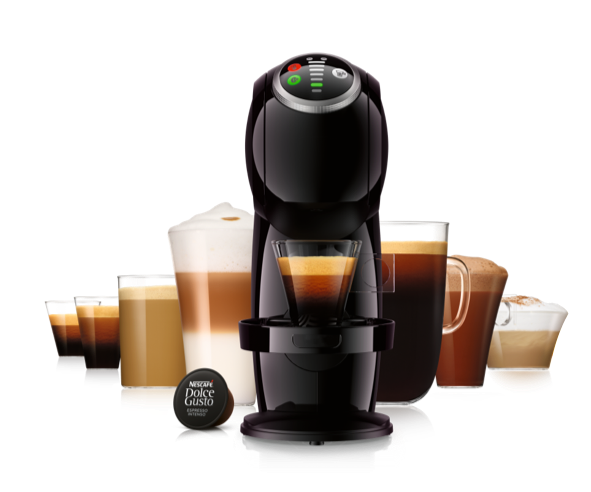
 Machine Help Centre
Machine Help Centre
